The Great lake of Taupo- A Fairy place of geysers, steaming craters and boiling pool
The great lake Taupo
The Great lake of Taupo is created by a volcanic eruption around 25,600 years ago. The evidence of the lake’s fiery birth is the geysers, steaming craters and boiling mud pools. Lake Taupo is a large crater lake on New Zealand’s North Island, formed by the caldera of the Taupo Volcano. It sits on a bay on the lake’s northeastern shore. With a surface area of 616 km2, it is the largest lake by surface area in New Zealand.Taupo is famous for its beaches, and swimming places. Paddlers can enjoy warm, geothermal water currents. The magnificent Huka water Falls, located Just north of Taupo lake, New Zealand’s most visited attraction. Taupo is a great lake for water-skiing, sailing and kayaking.
The Maori rock carvings at Mine Bay are great scenery and a great boat trip or kayaking excursion. The forests surrounding the lake offer hiking and mountain biking to suit all levels of experience. Taupo is also known for its fishing, The town of Turangi has the largest natural trout fishery in the world. Turangi also provides a convenient base for exploring Tongariro National Park and walking the Tongariro Alpine Crossing or skiing at Whakapapa and Turoa ski fields. Taupo Volcano area is top travel sites in New Zealand.
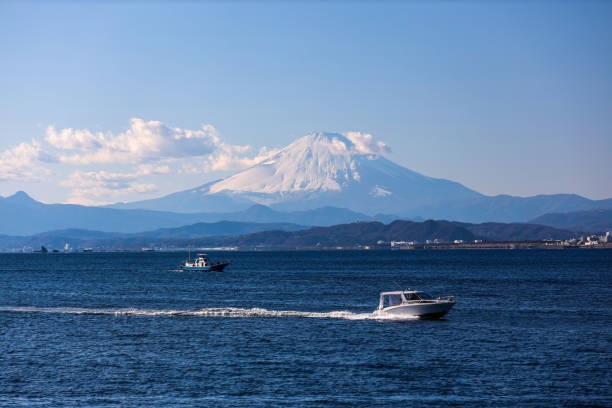
Taupo volcano
Lake Taupo, is the caldera of the Taupo Volcano, a large rhyolitic supervolcano. This huge volcano has produced 2 of the world’s most violent eruptions in recent Geological history. It is located in the centre of New Zealand’s North Island. The Taupo Volcanic Zone is produce by rift volcanic activity that extends from Ruapehu in the south, through the Taupo and Rotorua districts, to Whakaar Island, in the Bay of Plenty. Taupo began erupting about 300,000 years ago and the main eruptions that still affect the surrounding landscape. The dacitic Mount Tauhara eruption 65,000 years ago and the Oruanui eruption about 26,500 years ago, is responsible for the shape of the modern caldera. The Taupo Volcano erupts rhyolite, a viscous magma, with high silica content. When mixed with gas or steam, rhyolitic eruptions can be extremely violent.
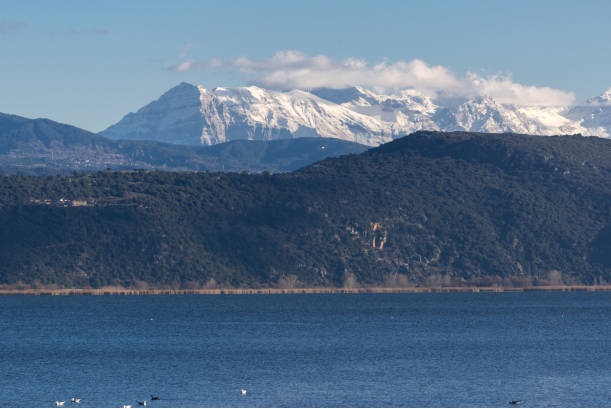
Taupo volcano eruption history
The last eruption of Taupo volcano occurs over 1,800 years ago and is today filled by New Zealand’s largest lake. Taupo volcano first began to erupt over 300,000 years ago. It is very large and has many vents, most of which are now under Lake Taupō. Taupo volcano first began to erupt over 300,000 years ago, is very large and has many vents, most of which are now under Lake Taupo. Taupo is not a large mountain because the eruptions have been so explosive that all material has been deposited far from the vent and the subsequent collapse of the ground has formed a caldera. The maximum depth of the lake is 163 m. Three geothermal fields, Motuoapa, Tauhara, and Tokaanu lie near the lake and geothermal activity extends to the lake edge or into the lake. Within the lake in the vicinity of Horomatangi Reef, gas bubbles have been continuously seen associated with geothermal activity.
Also, read- 9 most Oldest Geological features on Earth That you couldn’t know
The first phases of the eruption produced a series of 5 pumice and ash fall deposits over a wide area of the central North Island. The eruption has a large and very energetic pyroclastic flow that devastated an area of about 20,000 km2 and filled all the major river valleys of the central North Island with pumice and ash. These pumice deposits can still be seen today and many of the major rivers on the North Island.
Lake Taupo activities
The Great Lake Trails are a journey of the volcanic fields around the rim of Lake Taupo. The mountain bike trails will take you through lush native forest, sparkling waterfalls, towering volcanic cliffs and over deep gorges. Striking rock formations depict the fascinating volcanic history. A Stopping at Echo Rock is the best place to see a waterfall. Travellers can see spectacular views of snowy volcanic peaks and down to secluded swimming beaches. Crystal-clear waters of Lake Taupo is creating amazing scenery.

The great lake trail Taupo
Waihaha trail, 13km
This exhilarating Ist section of the Great Lake Trails follows the Waihaha River high above a pretty gorge located in the native bush. Rocky outcrops create grand views over the volcanic landscape, with the spectacular Tieke Falls a major highlight.
Waihora trail, 17km
The 2nd half is equally scenic as it meanders around the lake’s edge. The area is rocky ravines with volcanic cliff-top lookouts across the lake to the volcanoes of Tongariro National Park.
Maori rock carving
Māori rock carvings were created on the northwest side of Lake Taupo on the cliffs of Mine Bay in 1970s by Matahi Whakataka-Brightwell and John Randall. The 10-metre-high carving is intended to protect Lake Taupo from volcanic activities underneath. The cliff has become a popular tourist destination, with hundreds of boats and yachts visiting the spot yearly. To see this spectacular location is the best activity to do in Lake Taupo.
Huka Water Falls
Huka Falls is a set of waterfalls on the Waikato River, which drains Lake Taupo. A few 100 meters upstream from Huka Falls, the Waikato River narrows from approximately 100 meters across to a canyon to only 15 meters and makes a waterfall. The canyon is carved into lake floor sediments laid down before Taupo Volcano’s Oruanui eruption 26,500 years ago.
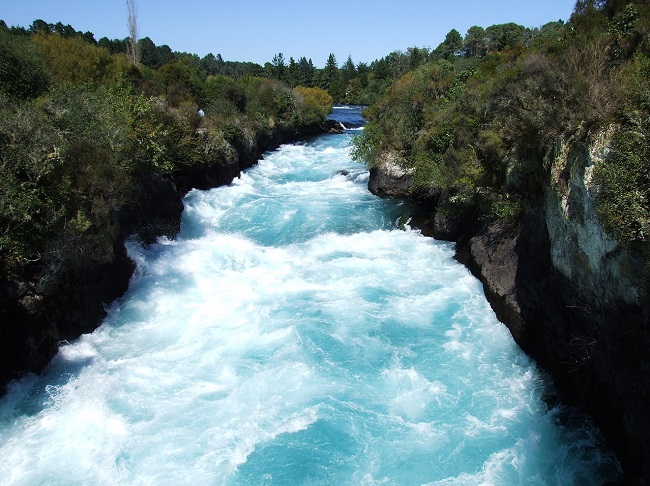
How to reach Lake of Taupo
Taupo is located in the middle of the North Island, approximately 238 km. from Auckland and 294 km. from Wellington. There is also a small airport in Taupo, served daily by Air New Zealand flights from Auckland and Wellington, which remain the gateways for national and international flights in Taupo. There’s a genuinely friendly culture here and plenty of accommodation options.

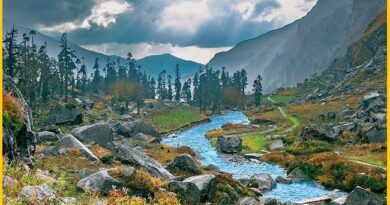
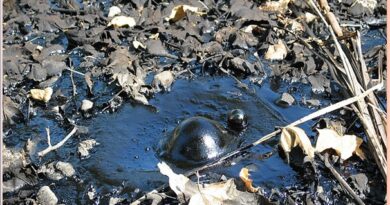

Pingback: The Walt Disney World Florida-A Magical Kingdom of Wonderland - Geotourism